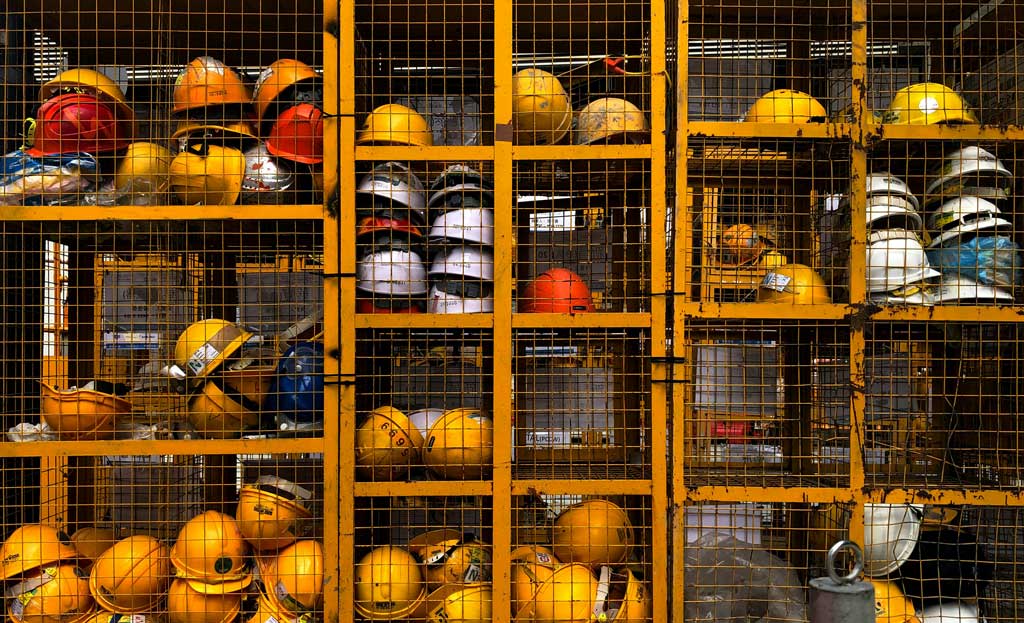Expertise
Our instructors are seasoned professionals with years of experience in the field and understand the environment.

Fire Safety Advisor Training is a pivotal programme designed to equip individuals with the expertise and knowledge required to ensure safety and compliance within various environments. This training is essential for those seeking to fulfil the role of a Fire Safety Advisor, a position mandated by law in many workplaces across Australia. The curriculum focuses on a comprehensive range of topics, including understanding fire safety regulations, emergency planning, and the implementation of effective fire prevention strategies. By undergoing this training, participants will gain the confidence and skills necessary to develop and oversee fire safety measures, conduct risk assessments, and respond effectively in the event of an emergency.
Our Fire Safety Advisor Training is tailored to meet the needs of a diverse audience, from professionals in the workplace to individuals responsible for public safety. The course content is constantly updated to reflect the latest in fire safety legislation and best practice guidelines, ensuring that our trainees are well-prepared to tackle real-world challenges. Through a blend of theoretical knowledge and practical application, participants will learn how to create a safe environment, effectively manage fire safety equipment, and conduct emergency evacuations. Our expert instructors, with extensive experience in fire safety, provide invaluable insights and support throughout the training process.
In addition to the core curriculum, our training programme places a strong emphasis on the development of leadership and communication skills. This is crucial for Fire Safety Advisors, who must be able to not only devise and implement fire safety plans but also to effectively communicate these strategies to individuals at all levels within an organisation. The training also includes case studies and scenario-based exercises, allowing participants to apply their knowledge in simulated situations. This hands-on approach ensures that trainees are not only knowledgeable about fire safety regulations but are also capable of applying this knowledge in practical, real-life situations.
Students who are deemed competent will receive a Statement of Attainment, which is recognised under the Australian Qualifications Framework. This training is nationally recognised:

The RTO responsible under the National Vocational Education and Training Regulator Act 2011 for the quality of the training and assessment being delivered in this course and for the issuance of all AQF certificates is:
Intrinsic Safety trading as Rescue Group Training
RTO No. 45803
Our detailed course outline ensures a thorough grasp of:
We provide a well-rounded assessment process that encompasses both practical tasks and scenarios, as well as written theory assessments, throughout the training. This comprehensive approach ensures a thorough evaluation of your skills and knowledge, allowing you to demonstrate your competency in real-world application and theoretical understanding.
Specific assessment tasks to be undertaken include:
Course Duration & Modes
Each format is tailored to different learning styles and schedules, ensuring effective and efficient Fire Safety Advisor Training.
This course can be delivered/assessed in the workplace or at a facility organised by Rescue Group Training.
Our Fire Safety Advisor Training is uniquely tailored to cater to the diverse needs of various industry sectors, ensuring relevance and effectiveness across the board. Recognising the distinct challenges and risks each sector faces, our course offers specialised modules designed to address the specific requirements of different work environments. Here’s how our training is customised for key industries:
Healthcare:
We focus on creating evacuation plans that consider the needs of patients and residents with limited mobility, alongside managing the risks associated with medical equipment and oxygen supplies.
Education:
Our training emphasises the development of emergency response strategies suitable for schools and universities, ensuring the safety of students and staff with regular drills and safety education.
Hospitality and Accommodation:
For the hospitality sector, we offer guidance on crowd management, fire hazard identification, and comprehensive evacuation procedures to protect guests in hotels and resorts.
Manufacturing and Industrial:
We address the unique fire risks present in factories and industrial settings, including the handling of flammable materials and machinery, through specialised safety protocols and employee training.
Construction:
Our course covers fire prevention measures during construction activities, focusing on risk assessments and the safe use of temporary electrical systems and welding equipment.
Government and Public Sector:
Training for government buildings and public institutions ensures compliance with fire safety legislation and prepares staff for emergency situations.
Transport and Logistics:
We tailor our training to the transport sector, highlighting hazard identification, emergency response, and the safe storage of hazardous materials in airports, seaports, and logistics centres.
This customised approach ensures that participants from all sectors receive the most relevant and practical fire safety training, empowering them to effectively manage and mitigate fire risks in their specific work environments. Join our Fire Safety Advisor Training to benefit from industry-specific knowledge and skills, enhancing your ability to protect lives and property in your sector.
For comprehensive details on your rights and responsibilities, including our complaints and appeals process, kindly refer to the Pre-Enrolment Participant Handbook on our website.